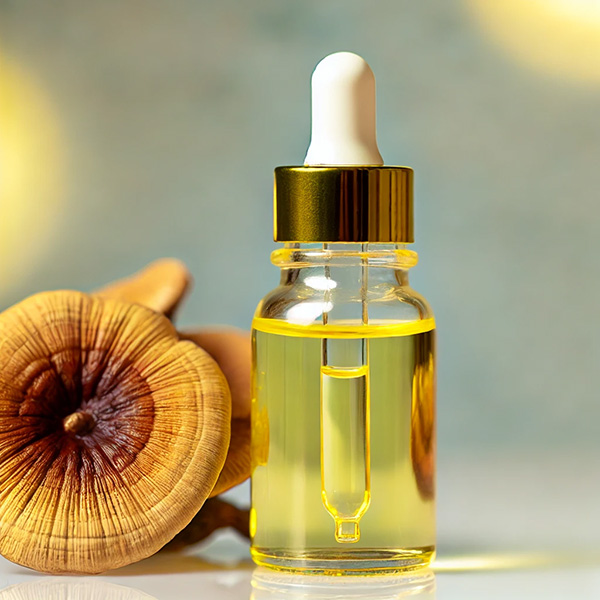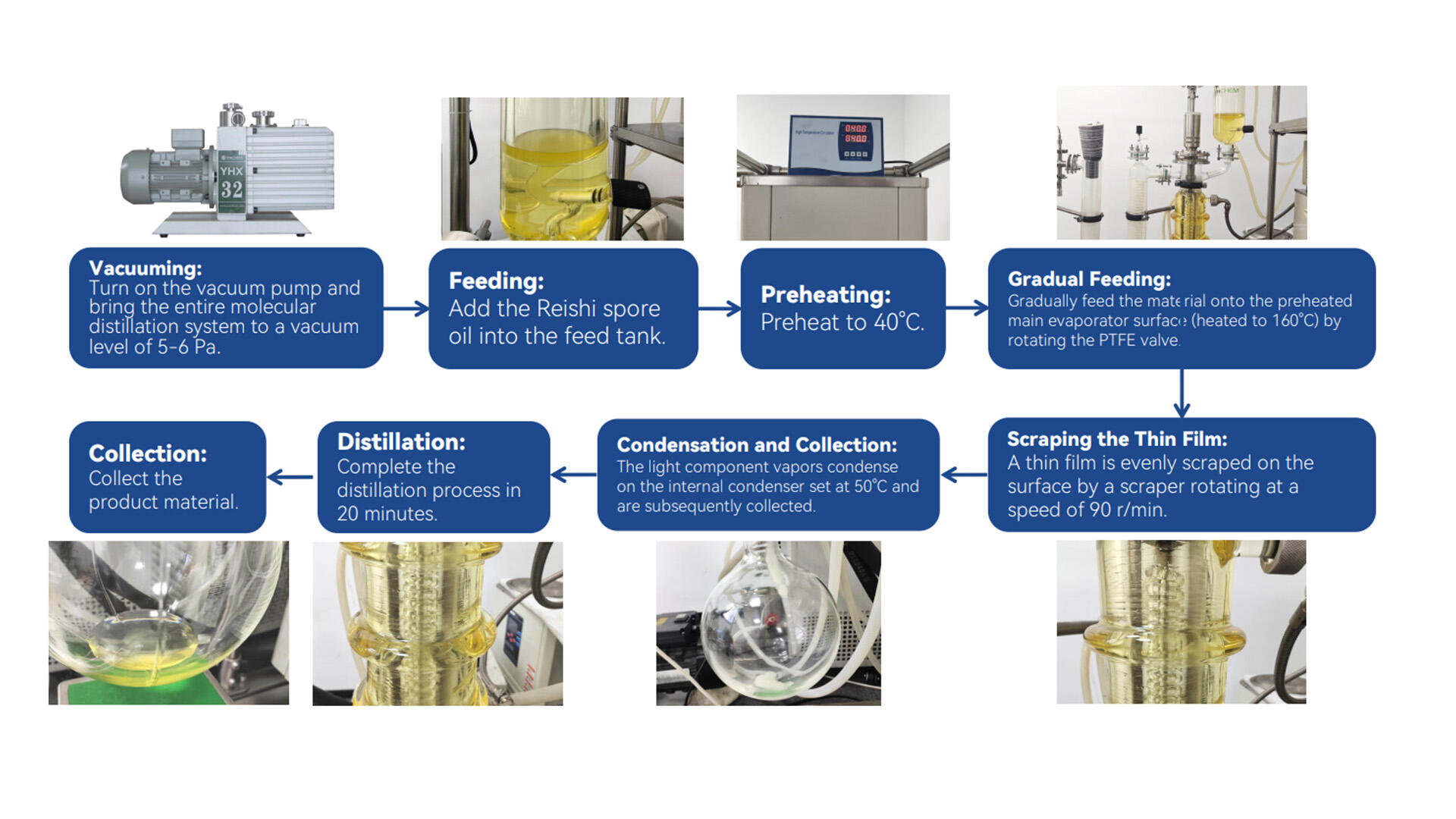Reishi Spore Oil Reishi spore oil is an oily lipid extracted from broken Reishi spores, incorporating various active ingredients of the spores. Reishi spore oil is a yellow transparent liquid, rich in triterpenes, ganoderic acids, sterols, and unsatu...
Share
Reishi Spore Oil
Reishi spore oil is an oily lipid extracted from broken Reishi spores, incorporating various active ingredients of the spores. Reishi spore oil is a yellow transparent liquid, rich in triterpenes, ganoderic acids, sterols, and unsaturated fatty acids, which gives it a broader range of physiological activities. Reishi spore oil is suitable for individuals with neurasthenia, frailty, chronic illnesses, and fatigue syndrome, as well as for reducing side effects such as leukopenia, poor mental state, loss of appetite, vomiting, and hair loss caused by radiation and chemotherapy. The immune-boosting effects of Reishi spore oil have been recognized by scientific research institutions and consumers, making it widely used in health products, pharmaceuticals, and cosmetics. It holds significant value and market potential, particularly in the health supplement industry.
Current Challenges
01.The Reishi spore oil industry lacks unified and standardized regulations, leading to frequent irregularities and inconsistencies.
02.The purification methods, efficiency, and purity levels have a significant impact on the product's quality and price.
03.Reishi spore oil has poor heat resistance. Using traditional heat extraction methods can destroy the nutritional and heat-sensitive components in the oil, and the product yield is low. 04.Conventional organic solvent extraction methods, due to the high desolvation temperature, can also result in the loss of heat-sensitive functional components.
05.The supercritical CO2 extraction method faces challenges such as high production costs and limited production scale.
YHCHEM Reishi Spore Oil Purification Solution
YHCHEM considered various operational factors, such as different distillation temperatures, feed rates, scraper speeds, and condensation temperatures, to explore their impact on the quality of Reishi spore oil and to determine the optimal molecular distillation refinement process. Molecular distillation separates components of a mixture based on the differences in their average molecular free path, making it highly effective for separating high-boiling-point, viscous, heat-sensitive, and easily oxidized natural substances. For spore oil, this process allows separation at lower temperatures, while also removing some free fatty acids, which in turn reduces the peroxide value and the acid value.
Under high vacuum conditions, the raw material enters the molecular distillation system from the feed tank at a controlled rate. With the high-speed rotation of the wiper, the material is evenly distributed over the evaporation surface. The material is heated on the wall surface with precise temperature control provided by heat-conducting oil. Volatile components are condensed by the central condenser into a liquid, which flows into the light component collection bottle, while the heavier components flow along the inner wall of the distillation column into the heavy component collection bottle. To prevent volatiles from entering the vacuum system, a cold trap using dry ice or liquid nitrogen is installed in the pipeline. The vacuum environment is maintained at low pressure, with a fixed feed rate. Distillation and separation are carried out at different distillation temperatures, feed rates, wiper speeds, and condensation temperatures to optimize product separation.
YHCHEM Reishi Spore Oil Purification Steps
